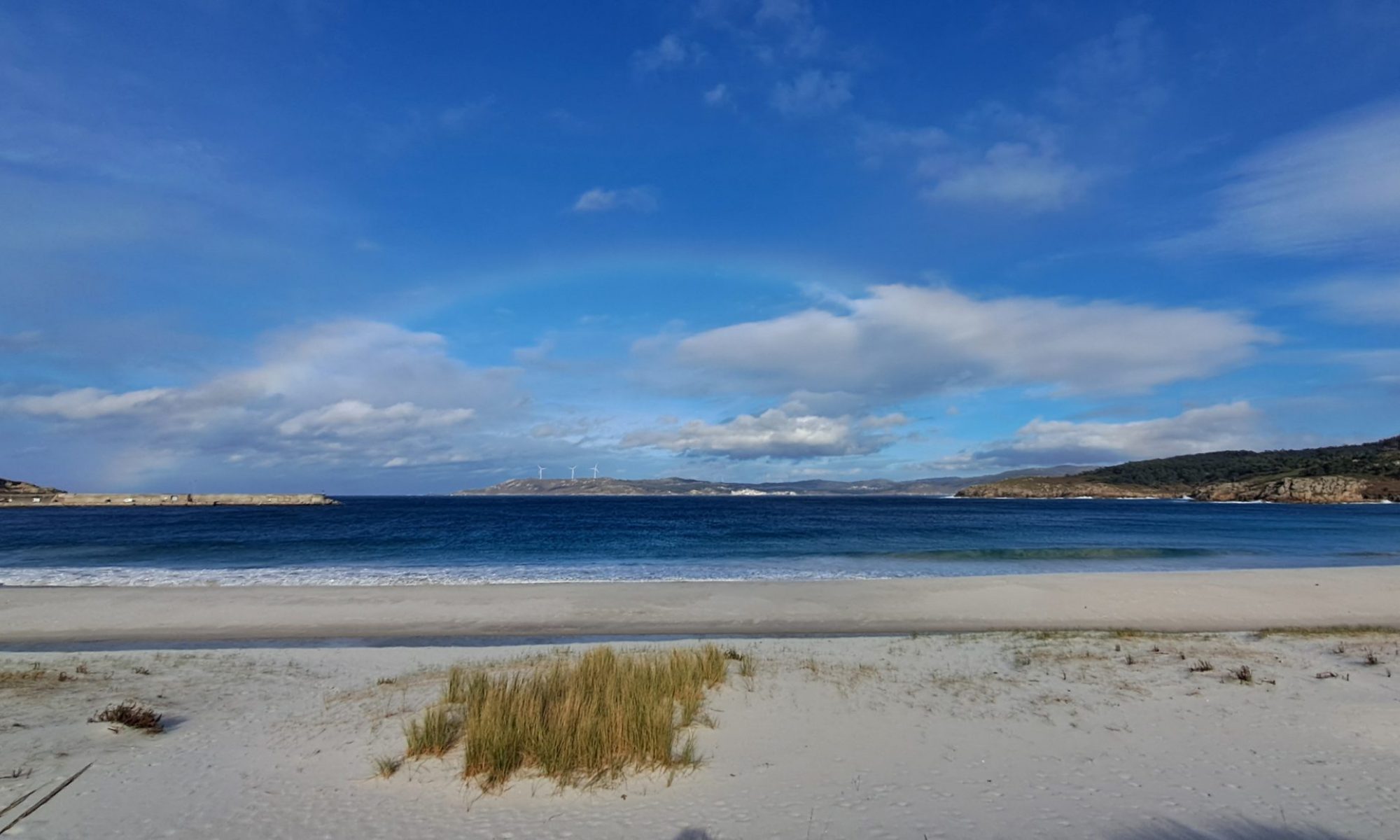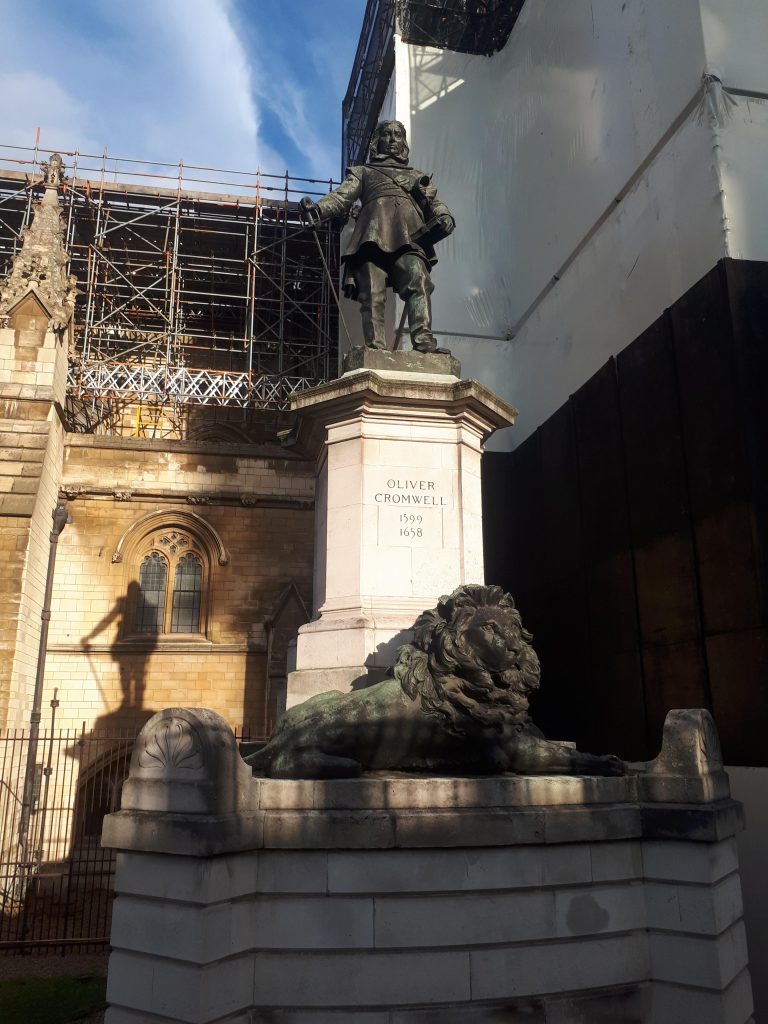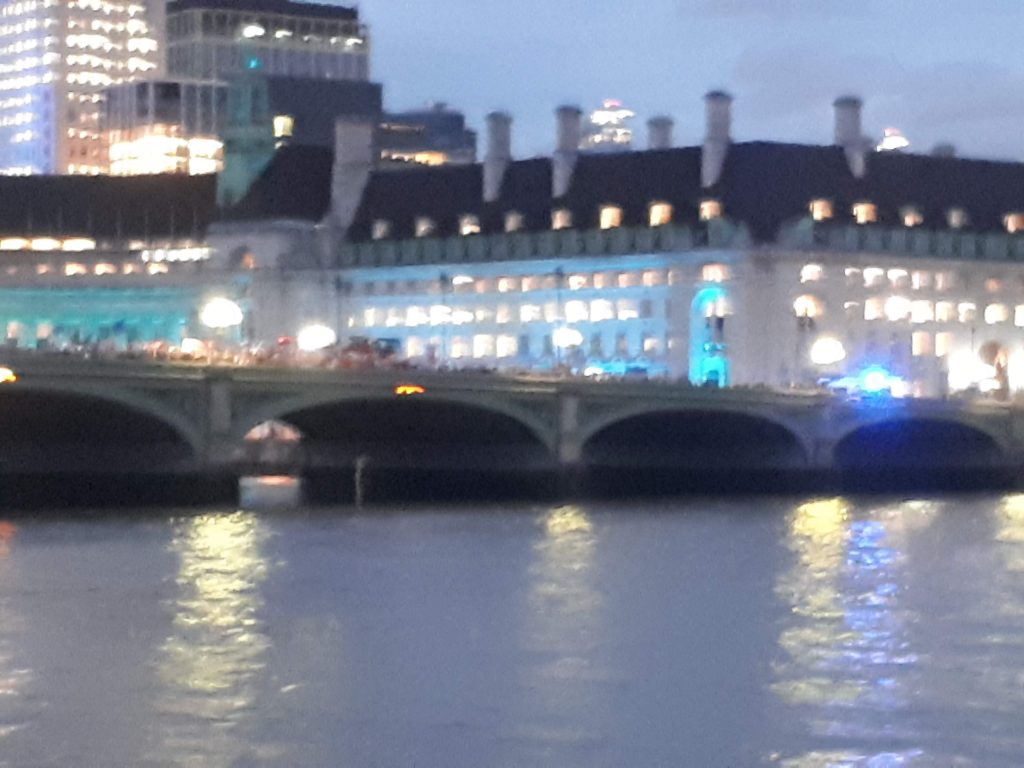Three years after doing my FSRT instructor training it’s time for a refresh which for some reason is called a ‘moderation’. Dave Rossetter and Lyle Smith took 11 of us on a sunny day to swim in Loch Morlich. Here’s some notes for my own interest and anyone else who cares:
For moving use the principles of slide, push and keeping hands flat. (Not pulling and grabbing.) Near hand pushes away, far hand pulls closer.
Get the swimmer involved in rescues. ‘self, team, victim, equipment’ it was suggested to replace with ‘self, team, others, casualty, equipment’ or call them ‘swimmer’.
Throwline training doesn’t need to be too in depth, it’s foundation stuff for sheltered water here. Rope width and hand grip etc not too important and often then can just stand on the rope and tell the swimmer to pull themselves in.
You don’t need to fully empty a boat, worth emphasising that, in sheltered water you can always paddle to the side to empty. Water level below seat level is good enough.
You can do a narration throughout the rescue which keeps you focused and reassures the swimmer.
As an exercise get them to turn over the boat several times with only flat hands (for long boats do this at the end as well as the middle). Another exercise is to practice moving your boat around a capsized boat.
For towing the scenario was given of a weak paddler who can’t control their steering well, we followed them closely doing a nudge on their boat at the tail or at the front in a v form.
Self rescue is important, you’ll end up with a boat full of water but that’s fine in sheltered water. It’s fine to turn round and seat yourself into an upturned canadian canoe. Also a nifty flip round with a SUP board. When doing a self rescue (or peer rescue) stay long and flat, floating your feet up to the surface.
SUPs were added compared to 3 years ago because they are popular. They seem easy enough to do self and peer rescue on but some less able people won’t manage and we were shown a technique for unconcious paddler where you hold onto their hands and an up-turned board and step onto their board to pull them round.
For deep water rescues a rope has been added, either the pinter of a canadian through a thwart and over the swimmer’s boat or a sling & carrabeaner from your kayak over their boat, they can pull themselves up on it.
For an unconscious rescue take your far away knee out to help with the rotation.
Dave did the day without any sprey decks or air bags which certainly helps with minimising faff when swapping boats but I’m not convinced it’s useful for kayak rescues.







